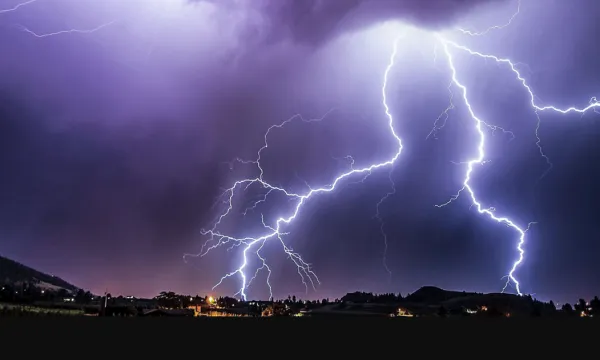
Light Fantastic
This highly visual and phenomenon-based show considers what light is, where it comes from and how it travels.
Recommended for: KS1 (5-7) | KS2 (7-11) | KS3 (11-14)
Access considerations
Studio show

This highly visual and phenomenon-based show considers what light is, where it comes from and how it travels.
Access considerations
Studio show